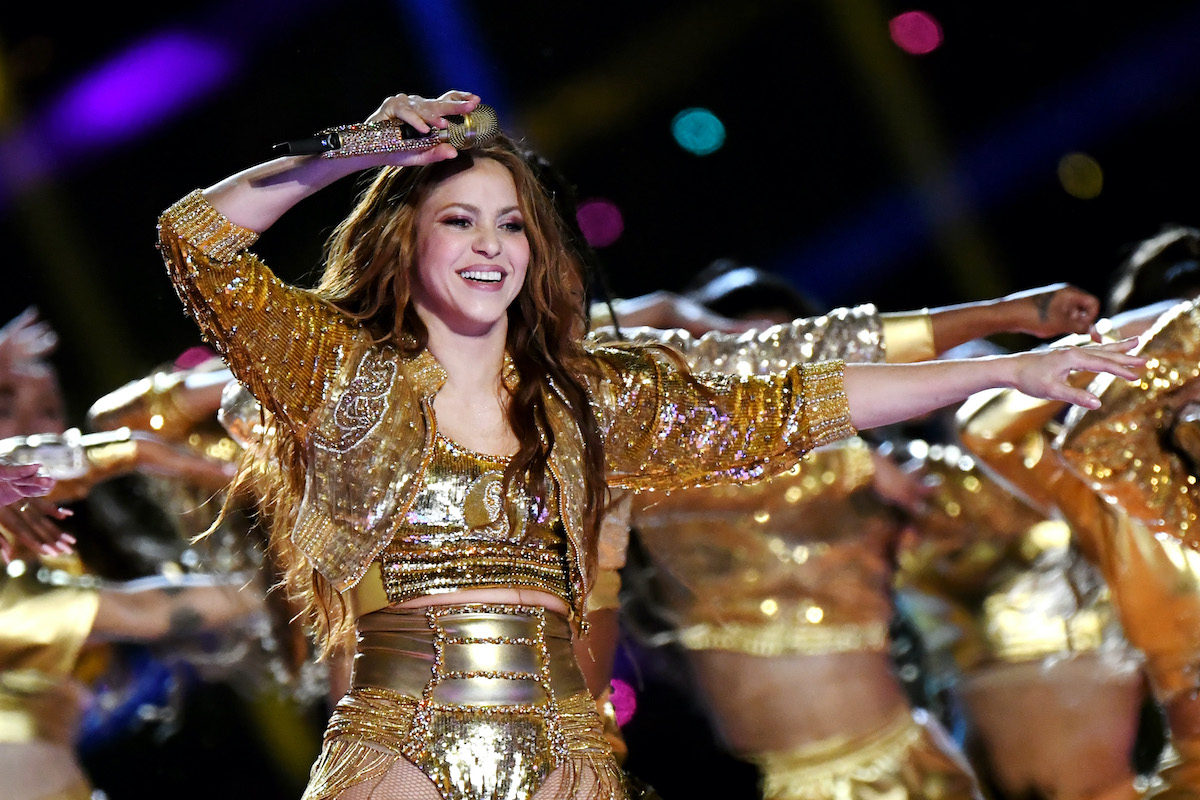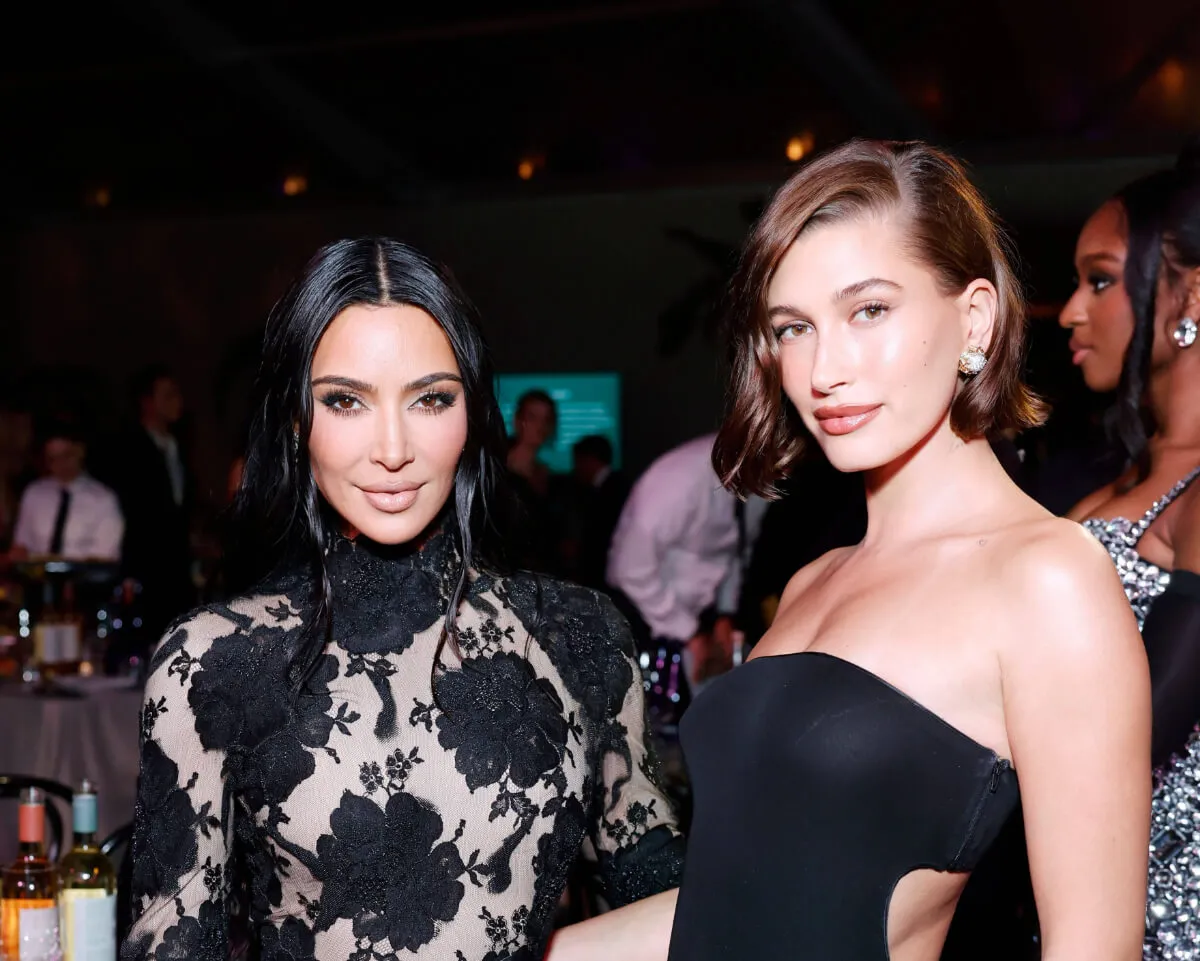Shakira Included 2 Colombian Dances in Her Super Bowl Halftime Show Performance
With a career spanning nearly three decades, Shakira is the undisputed queen of Latin music. Not only is she a skilled singer and dancer, but the Colombian beauty speaks five languages, is an activist for causes including early childhood education, and spends her free time learning about ancient philosophy.

Shakira has always paid homage to her cultures
Shakira has always been a one-of-a-kind artist because of her heritage. She was born and raised in Colombia as was her mother, but her father’s family is Lebanese and immigrated to Colombia when he was 5 years old.
Shakira has honored her Lebanese heritage since she burst on to the scene three decades ago. Her 1998 breakout single “Ojos Así” featured words in Arabic, and she has been doing her famous tongue roll from the 2020 Super Bowl halftime show — known in Middle Eastern countries as a zaghrouta — for years.
In 2018, the Lebanese town of Tannourine (where Shakira’s paternal grandmother was born) honored Shakira by naming a public square after her.
The 2020 Super Bowl halftime show was a celebration of Latin performers
When Shakira and Jennifer Lopez were announced as the headlining performers for the 2020 Super Bowl halftime show, fans around the world were thrilled. It was the first all-Latin halftime show in history, with reggaeton superstars Bad Bunny and J Balvin joining the party.
Both Shakira and Lopez brought entirely different things to the table, and they each spoke to different Latinx experiences. Shakira comes from Latin America and rose to global stardom thanks to the Spanish-speaking world. Lopez, on the other hand, is an American artist who has experienced the obstacles of the music and film industries that Latinas often face.
Racism is a problem in Latin America as well as the US
One problem that plagues Latinx communities across the board, whether in Latin America or the US, is the issue of anti-Black racism. Afro-Latinxs such as the legendary Celia Cruz have made invaluable contributions to the world, and many times face discrimination from non-Black Latinxs.
As a result of this, the idea of what a “Latin” person looks like has become someone with pale to golden skin and straight hair. In reality, Latinxs have always come in every color under the sun — something Afro-Latinx stars such as Amara La Negra call out today.
Because Shakira, Lopez, Bad Bunny, and J Balvin were the featured performers at the 2020 Super Bowl halftime show, some Latinxs felt that it was another instance of excluding Afro-Latinx talent from the Latin music conversation.
Shakira showcased special Colombian dances in her halftime show performance
While no Afro-Latinxs sang during the 2020 Super Bowl halftime show, Shakira used her time on stage to showcase the contributions of Black people in her native Colombia. Twice in the show’s first half, Shakira and her dancers broke it down with the quick, full-body movements of mapalé, an Afro-Colombian dance style that enslaved Africans brought to Latin America.
After performing her smash hit “Waka Waka (This Time For Africa),” Shakira — surrounded by nearly two dozen dancers — jumped into another high-energy dance break that featured lots of fancy footwork.
They were doing a style of dance known as champeta, which is characterized by small leg movements and requires dancers to be light on their feet. Champeta has its roots in the Afro-Colombian communities of Shakira’s hometown of Barranquilla. She flew in all her dancers from Colombia for the show, most of whom were Black.
A lot of champeta music contains elements of soukous, a Congolese genre of music that uses upbeat electric guitar and percussion to get people on their feet. The champeta dance break in Shakira’s Super Bowl performance is evident of this, as “Waka Waka” transitioned into “Icha,” a popular soukous song by Congolese-French singer Syran Mbenza.
“I want to thank Colombia for giving me the mapalé, the champeta, the salsa and the Afro-Caribbean rhythms that allowed me to create the Super Bowl Halftime Show that I dreamed of more than a decade ago,” Shakira said on Twitter.
Shakira’s champeta dance inspired a viral challenge
Shakira gave fans a behind-the-scenes look at how the champeta dance break came together. Her “teacher” was Liz Dany Campo Díaz, an 18-year-old dancer from Barranquilla whom Shakira discovered on Instagram and called a “hometown hero.”
Campo Díaz said the key to dancing champeta is to always keep your legs flexed and remain on the balls of your feet. For movements involving the knees, it’s also important to make sure they come as high as possible.
Almost immediately after the Super Bowl, #ChampetaChallenge went viral as people across social media began to recreate Shakira and her dancers’ complicated choreography. Unlike many TikTok dances, Shakira’s champeta dance requires lots of physical exertion and precise movements.


